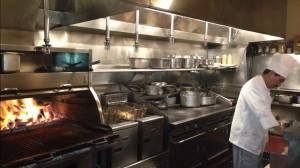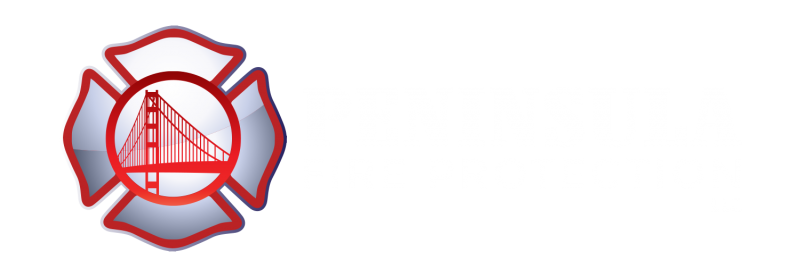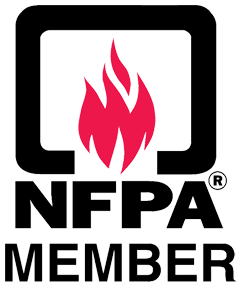 Commercial Kitchen Fires: Lowering Your Risk of Loss
Commercial Kitchen Fires: Lowering Your Risk of Loss
Open flames, hotter cooking oils, and grease-laden vapors in commercial kitchens cause over half of the 8,000 annual restaurant fires in the United States. Losses in excess of $245 million in damages are reported yearly to the NFIRS (National Fire Incident Reporting System).
The National Fire Protection Agency (NFPA) and the U.S. Fire Administration (USFA) recommend that establishments with kitchens take a proactive approach to reducing their risks of catastrophic loss due to fire. A fixed, UL-300 compliant suppression system installed and maintained in the existing hood and exhaust vent is required to meet most code standards, and all other systems must be removed and replaced.
California codes CFC §904.11 and CMC §513.2.2 detail the regulations, while Health and Safety code §13195 pertains to the law.
Why is my Dry Chemical Fire Suppression system obsolete?
New kitchen equipment is insulated to facilitate the cooking of food at higher oil temperatures. The insulation upgrades prevent cooking oil from cooling down, resulting in a much hotter fire. Some wet chemical suppression systems may also need extensive work to come into compliance with the new codes, specifically replacement and repositioning of nozzles and other components. These changes are required by all businesses in the food service industry with a fryer, including food trucks.
Peninsula Fire Protection LLC is dedicated to lowering your risks through installation and maintenance of commercial kitchen fire suppression systems. We provide a free-no obligation estimate. Schedule yours by calling 1-877-347-3991.
From CFC §904.11: Commercial cooking systems
Commercial cooking equipment that produce grease laden vapors shall be provided with a Type I hood, in accordance with the CMC, and an automatic fire-extinguishing system that is listed and labeled for its intended use as follows:
- Wet-chemical extinguishing system, complying with UL 300.
- Carbon dioxide extinguishing systems.
- Automatic fire sprinkler systems.
All existing dry-chemical and wet-chemical extinguishing systems shall comply with UL 300 no later than the second required servicing of the system following the effective date of this section.
From CMC § 513.2.2: Commercial cooking systems
Commercial cooking equipment that produces grease laden vapors shall be provided with a
Type I hood, in accordance with the CMC, 5 of 9 and an automatic fire-extinguishing system that is listed and labeled for its intended use as follows:
- Wet-chemical extinguishing system (NFPA 17A, Standard for Wet Chemical Extinguishing Systems), complying with UL 300).
- Carbon dioxide extinguishing systems (NFPA 12, Standard on Carbon Dioxide Extinguishing Systems).
- Automatic fire sprinkler systems (NFPA 13, Standard for the Installation of Sprinkler Systems).
All existing dry-chemical and wet-chemical extinguishing systems shall comply with UL300, no later than the second required servicing of the system following the effective date of this section.
Call Peninsula Fire Protection today at 1-877-347-3991 to ensure the safety of your building occupants and protection of your property.

